Hi, I’m Karen and I was thrilled to be asked to be a Guest Designer for today. Thank you ladies for inviting me. I’m going to show how to transform an ordinary, run of the mill photo frame into an object of beauty.

As you can see, my photo frame was looking dull and the photos were about 3 years out of date too, so the whole thing was desperately in need of a makeover. I’ve covered this one with cardstock weight patterned paper, which works well on flat surfaces, but if you have a moulded frame, you could paint instead (I’d recommend you use gesso as a primer first).

Supplies for the frame shown here:
Mod Podge
Sandpaper
K&Co Amy Butler Belle patterned papers
Fancy Pants chipboard flowers
Li’l Davis Designs chipboard photo corners
Li’l Davis glitter chipboard alphabet
Maya Road chipboard heart
Heidi Swapp fuzzy rub ons, pink
Li’l Davis glitter glaze, clear
Lime green, bright pink & pale blue acrylic paint
Pale blue ric rac
Firstly, choose your patterned papers – the ones I’ve used are K&Co Amy Butler Belle but the beauty is that you can use absolutely anything and match it to your home décor. Measure the width and height of the frame, and cut strips of patterned paper to size. Note: as my frame is quite wide, I had to join two strips together for the top and bottom strips but I matched the pattern carefully and it’s barely noticeable. Alternatively, you could use lots of paper scraps and cover your frame in a patchwork effect.
To mitre the corners , simply place the patterned paper strip in position on top of the frame and make a small mark to show where you need to cut at an angle. The photo below is to illustrate this; I’ve used a thick black line so it can be seen more clearly but in practice I just make a very small mark with a pencil by the inner corner of the frame.

Sand the frame lightly to key the surface, and use Mod Podge to stick the papers in place. Allow to dry and sand the edges of the paper to give a distressed/aged feel; apply a thin coat of Mod Podge to seal.
Once dry, decorate the frame as you like. I covered some chipboard flowers with patterned paper, then sanded the edges and tied on some ric rac. I then added some glittery chipboard lettering plus some painted and glittered chipboard embellishments. You can keep it simple or pile on the embellishments; a word of wisdom though (it’s probably obvious but I learned this the hard way when I did my first frame a while back) – if your photo frame is to be used freestanding, make sure that the embellishments don’t overhang the bottom edge or it won’t stand up!


As a finishing touch on my frame, I added some new up to date photographs and used rub on velvet lettering on each photo. I hope you like the project and it inspires you to give some of your old frames a makeover of their own.

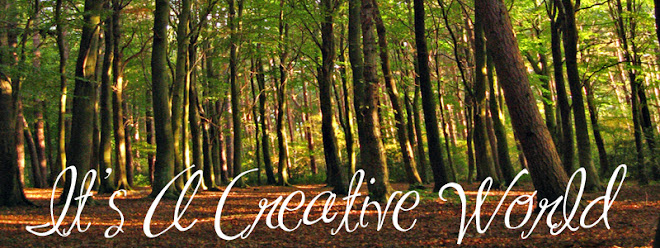













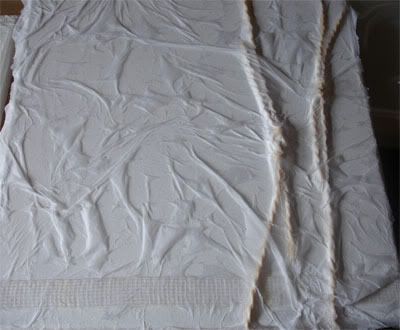 This was left to dry.
I then painted over this using Ranger's Paint daubers in denim and stream colours,
This was left to dry.
I then painted over this using Ranger's Paint daubers in denim and stream colours, The finished canvas looks like this:
The finished canvas looks like this:
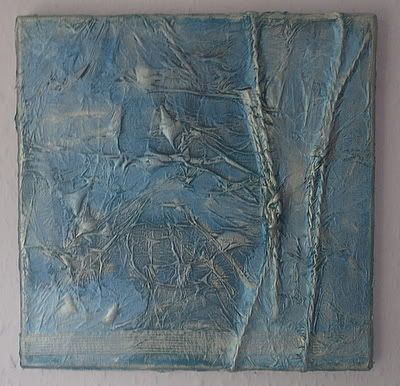 For the second canvas I used
For the second canvas I used 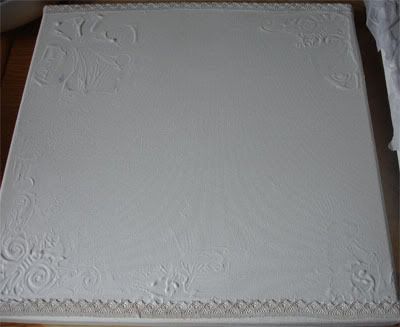 Leave this to dry overnight.
Again this was painted with Ranger Paint daubers in Cranberry, butterscotch and a tiny bit of stream. This was worked into the canvas,
Leave this to dry overnight.
Again this was painted with Ranger Paint daubers in Cranberry, butterscotch and a tiny bit of stream. This was worked into the canvas, 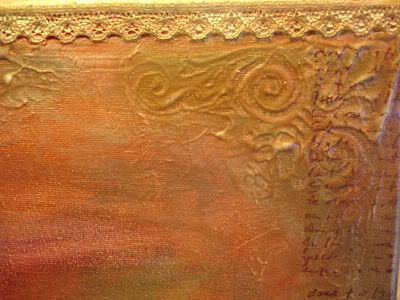 Once this was dry it was highlighted with red and gold interference medium by Daler-Rowney.
Once this was dry it was highlighted with red and gold interference medium by Daler-Rowney.
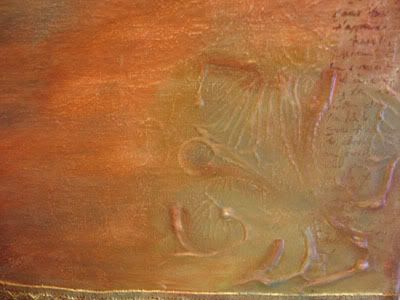 The stamped areas were then highlighted with metallic rub ons in green, gold and red.
The stamped areas were then highlighted with metallic rub ons in green, gold and red.
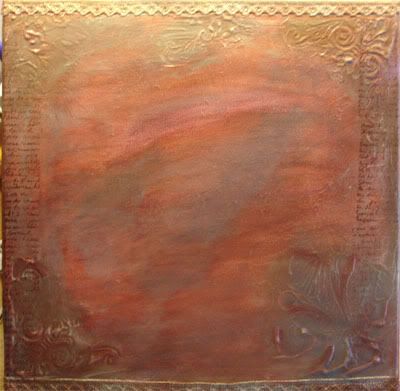 This is the main technique for the backgrounds. I was happy with the first
as it was, it didn't need anything else added to it. The second canvas had a large area in the middle that needed something, so I did an
This is the main technique for the backgrounds. I was happy with the first
as it was, it didn't need anything else added to it. The second canvas had a large area in the middle that needed something, so I did an  These techniques are really simple and easy to do and give great effects, they would even work on book covers and many other surfaces.
~angela~
These techniques are really simple and easy to do and give great effects, they would even work on book covers and many other surfaces.
~angela~